Dominic Burbidge discusses how Ushahidi’s transformative crowdsourcing techniques have alleviated crises in Kenya and beyond.

The wake of Kenya’s 2007 presidential election held little promise. As the new year broke, protests over disputed election results gathered pace and swelled into violence, leaving around 1,300 people dead and 300,000 displaced. To travel Kenya’s old railway, stretching from the western city of Kisumu to the eastern city of Mombasa, was to pass through a society tearing itself apart.
But something small and positive was about to rise from the ashes, something that would catch the imagination of development practitioners across the globe.
From her city of Eldoret, one of the epicentres of Kenya’s post-election violence, Juliana Rotich joined other Kenyans online to try to make sense of what was going on. In a simple yet groundbreaking move, this group of friends documented what they heard from people via text message and email onto an online map. In the face of a media blackout, the digital age stepped forward, giving space to those who wanted to know exactly what was happening during one of Kenya’s most destabilising periods. An innovative form of crowdsourcing was born, and “Ushahidi” – Swahili for “testimony” – soon gained recognition as one of the 10 best NGOs in the world.
The Kenyan team mapped on a macro scale reports of riots, deaths and looting from the very people affected by what was going on. Word spread and Kenyans were able to attract international attention to their plight. After two days of coding the software, one of Ushahidi’s founders, Ory Okolloh, launched the website on her blog and wrote:
“We … don’t think we have a true picture of what is really going on – reports that all [of] us have heard from family and friends in affected areas suggests that things are much worse than what we have heard in the media. We also (in my idealist world) hope that we can begin to put names and faces to the people who have lost their lives in this mess.”
Since then, the Ushahidi platform has been used to meet the challenges of earthquakes in Haiti and Japan and instability during the Arab Spring.
What makes Ushahidi a game-changer? Publication of any catastrophe or national upheaval was once the responsibility of a handful of journalists or public officials, usually under-resourced and unable to reach the places where disasters hit worst. Ushahidi means the world’s most unstable places can be reported on by those affected, channelling many voices into one macro picture of what is going on. Ushahidi’s power was displayed after the Haiti earthquake in 2010 when victims communicated on-the-ground information to the Ushahidi platform and disaster relief agencies used this information to more effectively direct their aid. Since then, mapping disasters through crowdsourcing has become a key part of the UN’s work and research bodies such as the Harvard Humanitarian Institute have been scrambling to understand how crowdsourcing is able to “prepare, mitigate, and respond to emergencies”.
The transformative role of such a people-centred technology is hard to overstate, but this is not to say there are no faults. Allowing citizens to map events can only help disaster relief if stable lines of communication remain intact. One reason it worked in Haiti was that phone masts were repaired in a matter of days after the earthquake hit. Elsewhere, reconstructing telephone lines might take longer and not be a top priority. Another problem is that those who communicate their sufferings are not always the ones most in need. Ushahidi’s inability to triage is especially acute in the case of famines where the people most affected are usually also the ones least able to communicate. Crowdsourcing can also turn rumour into fact. While some people text hearsay others might be suffering directly, yet the two accounts show up on the computer screen with the same prominence. Although the Ushahidi team have improved their system through the use of SwiftRiver technology, which attempts to automatically verify data and identify repetitions of the same events, there is still a long way to go.
Perhaps the biggest challenge Ushahidi’s developers face is the ability of those parties carrying out violence to view the maps and use them to plan attacks. During the Arab Spring, the operators of Ushahidi’s online map of Libya put a 24-hour delay on publicising changes to make sure the UN was always one step ahead of the Libyan government. But who controls the map quickly becomes political, and this is something Ushahidi has only partially dealt with by allowing map creators to choose if they want to make their maps public or private.
Patrick Meier, one of the members of Ushahidi’s team, accepts that “technology is only 10% of the solution” in meeting the needs of disaster situations. Nevertheless, for advocates of free speech who sometimes concentrate on rights rather than real world implications, the case of Ushahidi demonstrates technology’s potential benefits.
Dominic Burbidge is a former Dahrendorf Scholar at St Antony’s College, Oxford, and a member of the Free Speech Debate team. He is currently pursuing a doctorate in the politics of Kenya and Tanzania at Oriel College, Oxford, and writes a blog on African affairs.

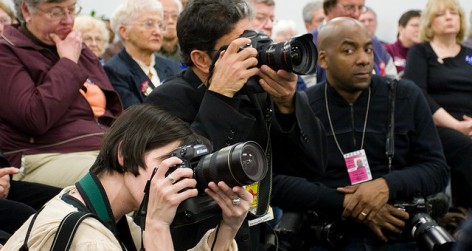
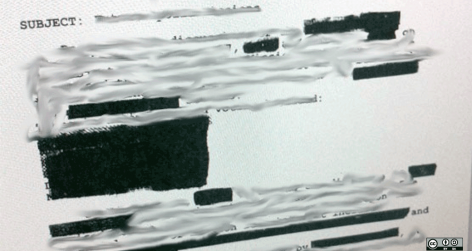
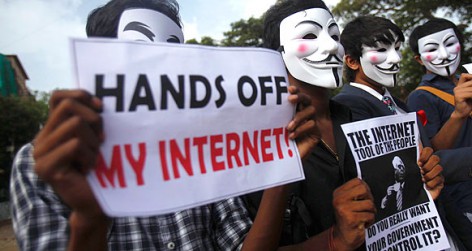

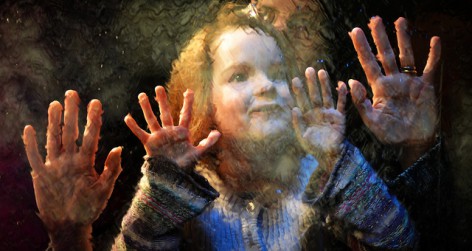
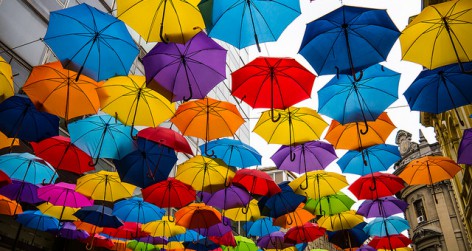
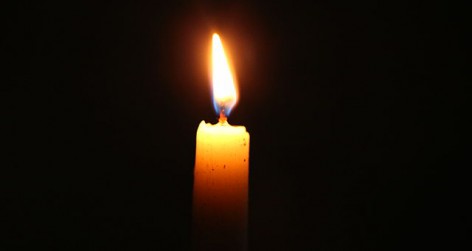

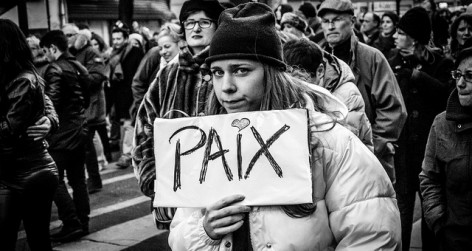
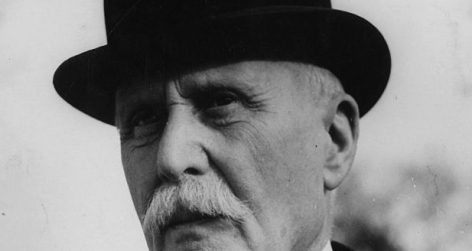
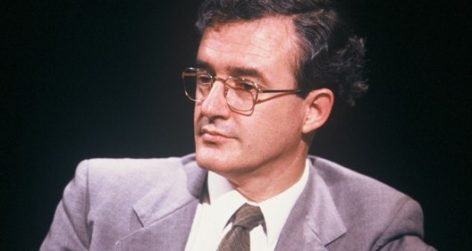
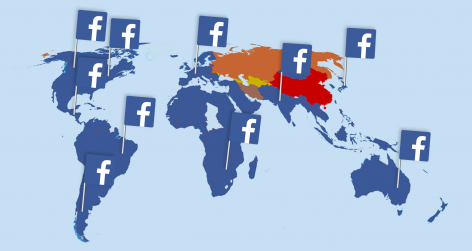
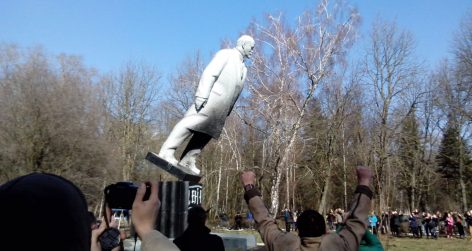
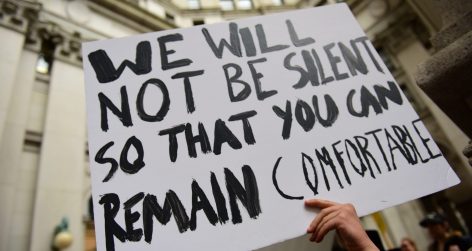

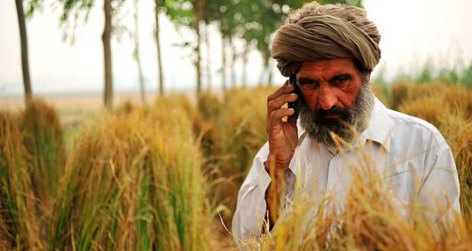
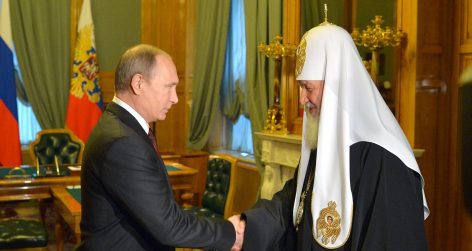

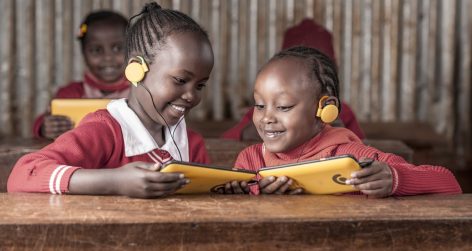
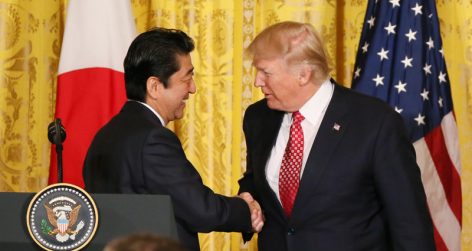
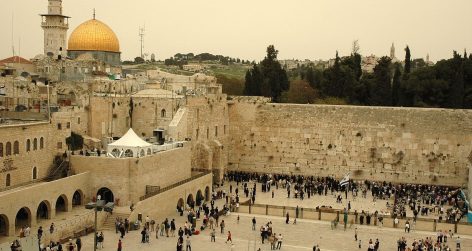

reply report Report comment
“It is said that truth does not love crowds. But why lend it this aristocratic disdain? For myself, I consider truth to have a single reason for and a single mode of existing: that is to be known. The more it is known, the more it will be. Therefore, to wish for it only the restricted cult of a few initiates is to diminish it, just as the sun would appear less magnificent to us if it illuminated only a small portion of the globe.” –Emile Durkheim, 1883